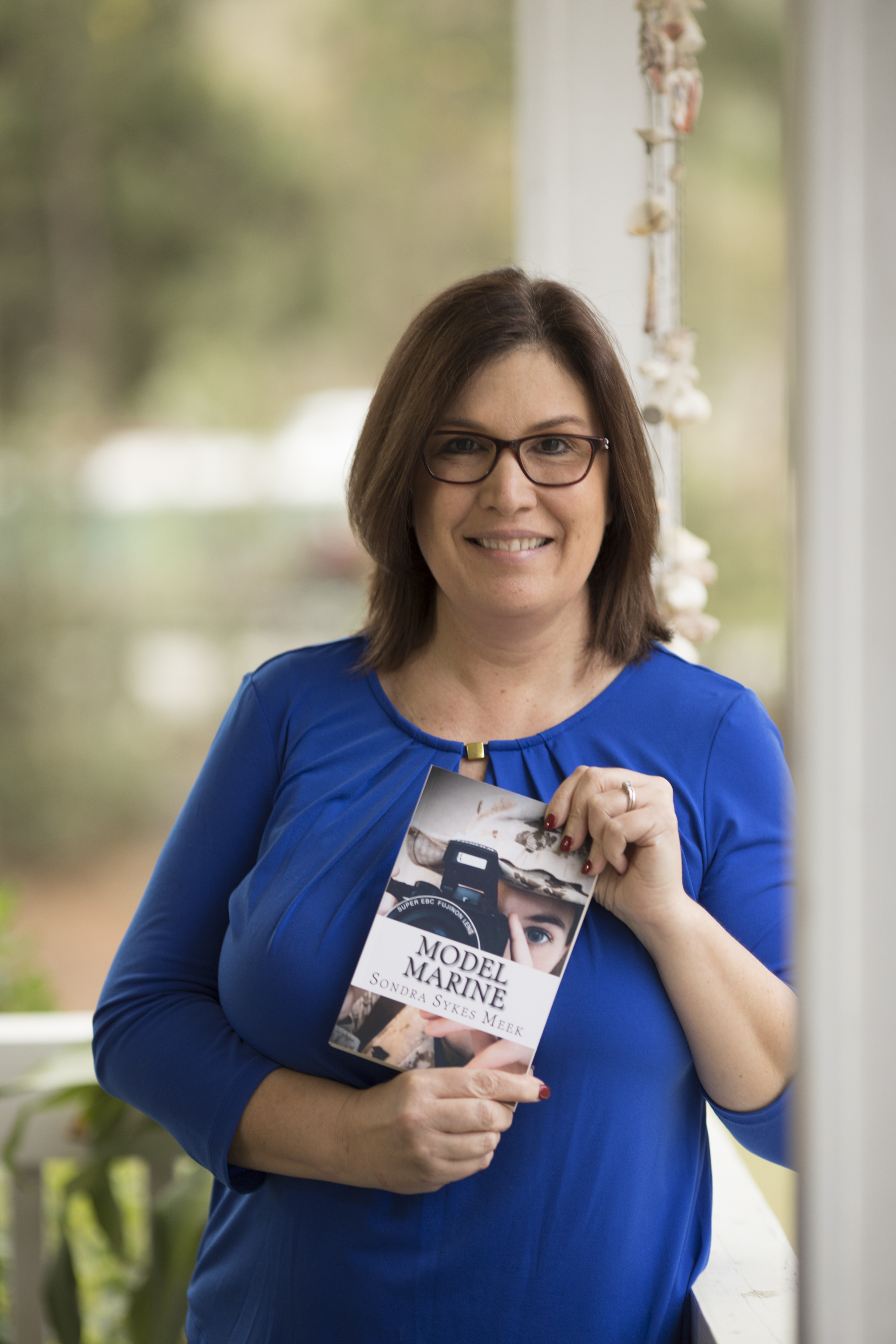The Mystery of the Movie Trailer Explained
What is the point of a movie trailer, you may have wondered. A trailer is the introduction to a film, the: “Hello – do I want to meet/know/watch you? Get to know you better? Be involved with your story?” The trailer acts as the lure, the catch, the release. But once you’ve seen the film, you may not see the relevance between the two. Enticing the potential audience isn’t always the primary objective of an Indie filmmaker. What he may be looking for is funding to get his film produced long before he worries about the audience’s reaction. The trailer is also his way of getting a clip of his film out there for investors.
Our resident experts, VW Scheich and Uyen Le, clear up some of the confusion. “Trailers are their own beasts. Not many indie filmmakers have experience with marketing; show business is just that – show + business and there isn’t normally anything in film school that teaches you about the marketing and business side of making films.”
Let’s look at a little history. The first trailer was shown in the United States in 1913 when a short film was produced for the Marcus Lowe theaters, to promote the musical, The Pleasure Seekers. Originally trailers were shown after, hence “trailing”, the feature film to promote coming attractions. However the audiences often left immediately after the feature and the practice changed to showing them before the film. Another way to grab a potential audience’s attention is the movie poster. Tom Jung, a famous Hollywood poster artist, designed the poster for VW and Uyen’s short film Wallenda in 2012, and probably about 200 others, including Star Wars, The Man With the Golden Gun (007), and La Strada. Jung started in the business in the 1950’s and ever since then his job has been to sell a movie to an audience with one image. Think about that for a minute – the importance an image can convey. Neither trailer nor poster is likely to be fully representative of an entire film.
Interestingly enough, there are trailers designated for different audiences, such as red band trailers and green band trailers for the same film. For instance there may be an “R” rated movie that has a green band trailer that can be shown to every audience even though it is for an “R” rated movie, meaning that the trailer, not the film, is approved for every audience. That same “R” rated film will also have a red band trailer that may feature sex, violence and profanity; same movie, two different trailers. So the audience needs to pay attention to the differentiation.
“Trailers are really, really hard to make and an unappreciated art, and sometimes they can be misleading. It’s very common that trailers don’t match the movies, for instance I think Hercules had a compelling trailer but the domestic box office numbers for the film didn’t reflect that,” according to VW. Uyen’s analogy is, “A good trailer is like a kiss on a first date, full of promise, but a bad trailer can mislead you.”
The Movie Picture Association of America allows a maximum time for a trailer of 2 minutes and 30 seconds. Often a filmmaker will take his favorite highlights and moments and put them together for the trailer without regard to marketing, or presenting a synopsis of the film. For films that are produced on a large budget, advertising/marketing agencies are often hired and they employ “trailer houses,” which are businesses who get an early cut of the movie and make the trailer for the movie studio. Indie filmmakers usually can’t afford the trailer houses due to their lean budgets.
VW explains, “I was in a marketing meeting for a Disney feature and we were talking about trailers. The subject of showing too much and giving away the movie in the trailer came up. I am sure you have seen trailers and then thought, didn’t I just see the whole movie? Well as it turns out marketing research shows that an audience member is more likely to come to a movie when they already know what is going to happen (if the bad guys gets it) than if they were left with a cliff hanger.” His final comment is that, trailers aside, “Indie filmmakers give everything they have to their indie film from the conception, to writing the screenplay, then shooting the movie and finally the edit. Each part of the process is equally important and difficult. People from all over the world who have put their heart and soul into their film, which is like their baby, are thrilled to be invited to festivals like The Beaufort International Film Festival.”
Watch the trailers, but don’t be convinced whether or not to see the movies based on the them alone. Each and every one of us has a “baby” of some sort and we all want them to be handled with tenderness and respect; go see the films and support those people who have worked so hard to present them here to you.




